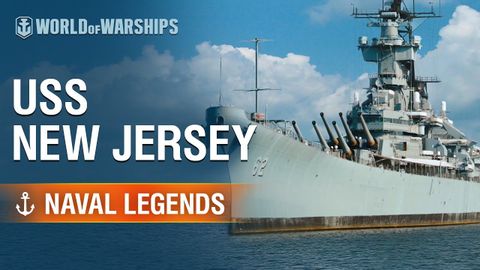
字幕と単語
World of Warships] Naval Legends.USSニュージャージー ([World of Warships] Naval Legends: USS New Jersey)
00
吳函庭 が 2021 年 01 月 14 日 に投稿保存
動画の中の単語
trigger
US /ˈtrɪɡɚ/
・
UK /'trɪɡə(r)/
- n.引き金;事を開始する装置;きっかけ;トラウマの引き金;トリガー (電子工学);トリガー (コンピュータ);トリガー (釣り)
- v.t.引き起こす;引き起こす;反射を引き起こす
B1 中級
もっと見る progress
US /ˈprɑɡˌrɛs, -rəs, ˈproˌɡrɛs/
・
UK /'prəʊɡres/
- v.t./i.前進する;進捗する
- n. (u.)進歩すること;発展;進行
- v.t.促進する
A2 初級TOEIC
もっと見る general
US /ˈdʒɛnərəl/
・
UK /'dʒenrəl/
- adj.一般的な;大まかな;広範囲に適用できる;総司令官の
- n. (c.)大将
- n. (c./u.)一般大衆;一般的な研究分野
A1 初級TOEIC
もっと見る エネルギーを使用
すべての単語を解除
発音・解説・フィルター機能を解除
